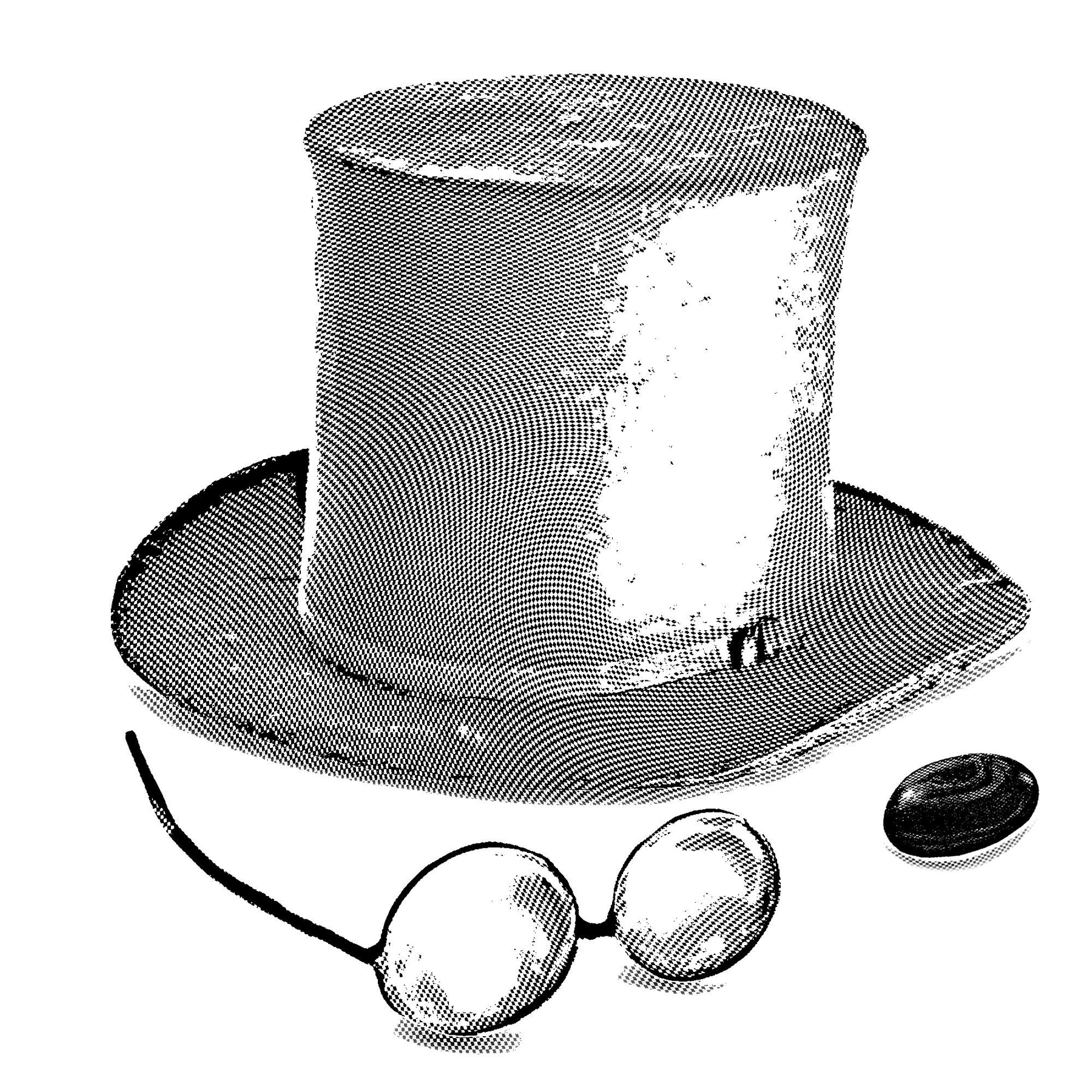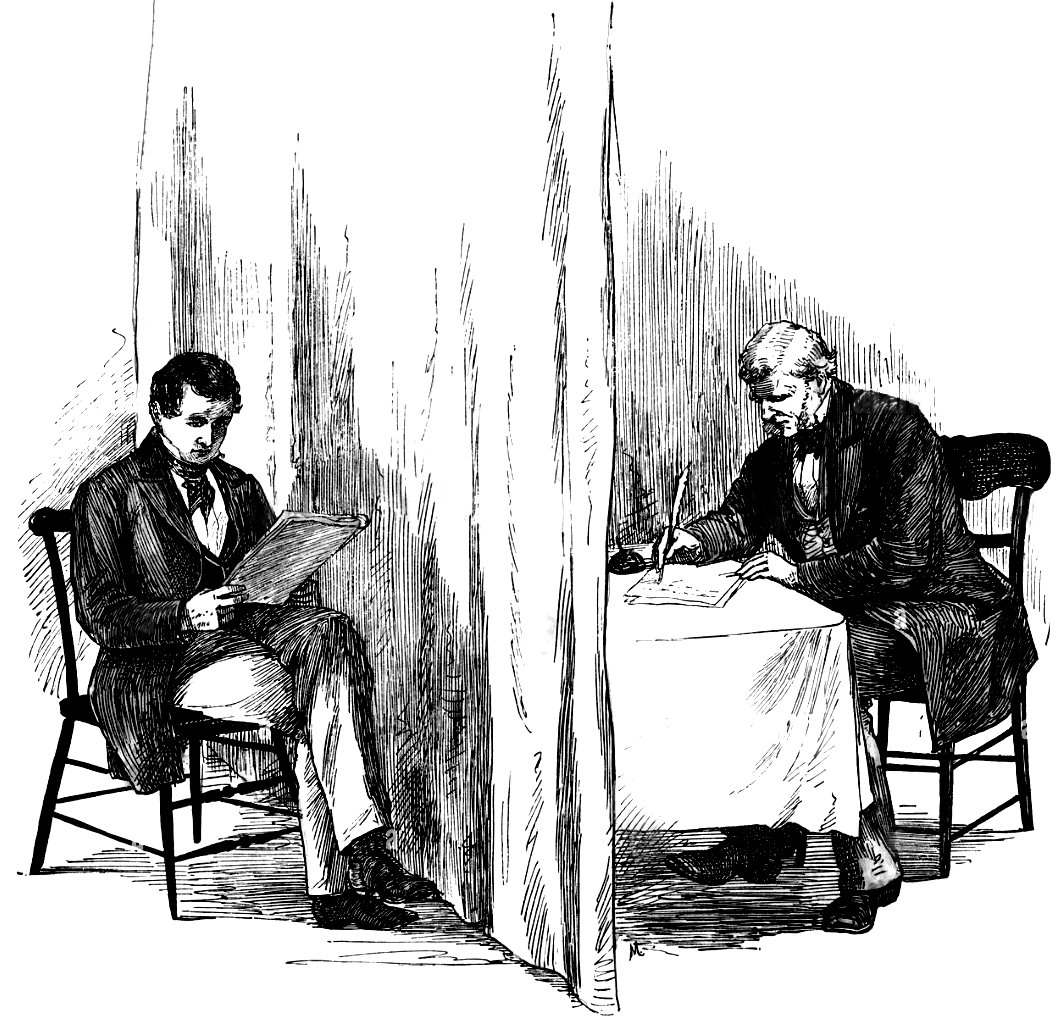Book of Mormon Translation Methods

The translation methods used to produce the Book of Mormon are a core component of the historical narrative and truth claims of the Church. Read on to learn about what the historical record states about seer stones, “Nephite interpreters," ancient breastplates, and more.
Or, you can skip the Q&A and jump straight to "Our Take."
Key events related to the Book of Mormon translation
September 22, 1827
January 1828
Joseph first translates characters from the plates.[2]
April 12 to June 14, 1828
June 1828
Martin Harris loses the 116 pages, delaying the translation.[4]
June–September 1828
The plates and "interpreters" are taken away from Joseph because of the lost pages.[5]
Circa 1828–1829
March 1829
God tells Joseph that his gift of translation is a spiritual gift.[7]
April 7–June 1829
June 1829
The Book of Mormon translation is complete.[9]
July 17, 1829
August 11, 1829
Palmyra Freeman reports that Joseph Smith translated the Book of Mormon by putting the spectacles in a hat.[11] This is the earliest mention of a hat in the documentary record.
March 26, 1830
The Book of Mormon is first sold to the public.[12]
June 2, 1830
The Cincinnati Advertiser and Ohio Phoenix reprints an article from Wayne County Inquirer reporting that Joseph used a white stone to translate the Book of Mormon.[13] This is the first mention of a stone.
December 1830
The Philadelphia Album reports that Joseph used two semi-transparent stones to translate the Book of Mormon.[14] This is the first mention of two stones.
August 10, 1832
The Boston Investigator reports a town hall where "Mormonite Preachers" were asked questions about Mormonism.[15] This is the first time the term "Urim and Thummim" appears related to the translation.
January 1833
The Evening and Morning Star reports that Joseph used "interpreters" in the translation that might have been known anciently as the "Urim and Thummim."[16] This is the first time the term "interpreters" appears.

How did Joseph Smith translate the Book of Mormon? What do all records say about the instruments used?
Joseph[BIO] used several different translation methods.[17] The various accounts included common elements such as "spectacles,"[18] "rock(s),"[19] and "Urim & Thummim."[20] Many accounts also mention a hat (see below).[21]
There are over 200 accounts referring to Joseph's various translation methods.[22] Many of the accounts are late, contradictory, and hearsay.[23]
Related Question
Was Joseph Smith fooled by fake "ancient plates"?
Read more in The Kinderhook Plates
Table of Translation Methods
Translation Method | First Reference | Various Descriptions |
Gift | March 1829 | |
Spectacles | July 17, 1829[26] | |
Hat | September 5, 1829[34] | |
Stone or Rock | June 2, 1830[38] | |
Two Stones | December 1830[42] | |
Urim & Thummim | August 10, 1832[47] |
|
Interpreters | January 1833[51] | |
Other | - |
|
What do the firsthand accounts say about the translation process?
The only firsthand witness accounts about the translation with any details are from Joseph Smith, Emma Smith,[BIO] Oliver Cowdery and David Whitmer.[BIO] Joseph referred to "spectacles"[57] as well as the "Urim and Thummim"[58] as means of translation. Many decades later, Emma and David both recalled a stone in a hat,[59] and Oliver recalled Joseph using "Interpreters" or "urum and thummim".[60]
What did Joseph mean by the "spectacles"?
Joseph Smith and others seemed to use the term "spectacles," "Urim and Thummim," and "Nephite interpreters" interchangeably.[61]
Some reports describe the "spectacles" as two transparent stones set in a metal rim, like a pair of big glasses.[62] Apparently, the glasses could be attached to some kind of breastplate[63] which was found in the stone box with the plates.[64] It's unclear what this looked like or how it was used.
So what about the stone in the hat? How did that work?
It's unclear. Some accounts say that he put spectacles in a hat;[65] others say that he put the plates[66] or one[67] or two stones in the hat.[68] These sources sometimes reference Joseph putting his face in the hat to block light.[69]
What were the stones?
They were probably seer stones.[70] Generally, seer stones were stones used by practitioners of folk magic to "see" hidden things like missing objects or treasures.[71] Joseph Smith sometimes used a seer stone to assist in revelation.[72]
Related Question
What is a seer stone?
Read more in Seer Stones
So both a seer stone and the Urim and Thummim were used to translate the gold plates?
Yes, but historical accounts don't clearly establish which methods were used when or how often.[73]
In an 1870 letter, Emma Smith recalled that Joseph Smith switched to the seer stone when God took the Urim and Thummim after the 116 pages were lost.[74] David Whitmer corroborated this story in an 1885 interview.[75]
How did seer stones work as a translation method?
It's unclear. The accounts are vague and contradictory.[76]
For example, David Whitmer reportedly said that words would "appear" on the stone,[77] but he also said that a parchment would appear and then disappear after it was read.[78] Some other accounts say that he didn't put the seer stone in his hat, but that he put the Urim and Thummim (the "spectacles") into the hat and recited the translation.[79]
These details are mostly second or thirdhand or are recollections from decades after.[80]
But isn't all of this really weird?
Yes.
Has God used strange objects like this elsewhere?
Yes. For example, in the Bible, there are similarly strange practices and events like burning bushes, using the "Urim" to receive revelation, and "casting lots."[81]
What did Joseph mean by "translation"?
Joseph Smith used the term "translation" to mean a process done "by the gift and power of God."[82] He also seemed to believe that the characters on the plates could be translated by secular means.[83] Joseph was set apart as a translator[84] and early Church leaders considered translation a spiritual gift.[85]
Assuming the translation just appeared to Joseph through rocks, why was it necessary to have gold plates with the original text on them?
It's unclear. It could have been important for ancient people to have a physical method to record their history.[86] It also could have been important for Joseph to be able to show a physical object to witnesses to support his testimony.[87]
Related Question
Did the gold plates weigh over 200 lbs?
Read more in The Weight of the Plates
How does all that square with what the Doctrine & Covenants says about Oliver Cowdery needing to study to translate?
It seems there was some study required to translate, at least for Oliver Cowdery,[BIO][88] and not just a simple use of the Urim & Thummim or seer stone.[89] It's unclear whether this means studying the plates or getting in a proper frame of mind.[90]
Did the Church try to hide how the plates were translated?
Sort of, but sort of not. In the early twentieth century, references to seer stones used in the translation of the Book of Mormon appeared in various Church manuals and in books.[91][92] However, there are also examples of Church leaders and Church literature casting doubt on the accounts of Joseph using seer stones.[93][94]
In the twenty-first century, Church leaders have included different narratives about the translation—including ones with the hat and seer stone—in the New Era,[95] the Ensign,[96] and Church history book and articles.[97]
Why are all the images of Joseph Smith translating just him reading the plates instead of using a hat and a stone?
It seems many artists weren't familiar with the historical records on translation.[98] Showing Joseph sitting at a table with the plates is also easier than trying to figure out what the "breastplate and spectacles" looked like or if the "rock in the hat" narrative was something that would visually work in a painting.[99]
Art depicting the different translation methods has become more common in the twenty-first century.[100]
What if I don’t like the idea of a “rock in a hat” and I want to just believe that he translated the Book of Mormon some other way?
The evidence indicates that Joseph used a variety of methods for translation, including a "rock in a hat" method.[101] Though much of the historical record is hearsay or late,[102] there is still credible evidence supporting this translation method.[103]
- James G.
“The key to gaining a testimony is Moroni 10: 4-5. The way in which the Book was translated has very little meaning. If Joseph wanted us to know his method, he would have left the church more details.” - Andrew K.
“The accounts of translation given by people who are not witnesses should be ignored. It's the worst kind of game of telephone, because it's a sacred miracle being hid from the world, and people who don't get to see it give their story and it's taken as plausible.” - John A.
“I'm reading this basically on a rock that generates enough light that I don't need to put it in a hat. My rock is called an iPhone. It is made of metal, glass, and other things derived from rocks. I see the seer stone as just a celestial iPhone (Revelation 2:17).” - James H.
“Of all my research from Anti and Faithful sources, I gotta say, for as much as the stone in the hat comes up, it has literally never been a problem for me. I learned about it young, so maybe that's why, but still.” - steven t.
“God wants us to try to live by faith. Hence he SHALL give us WISDOM (James 1:5). We may probably be long into eternity before our curiosity is satisfied.”



 about this topic
about this topic